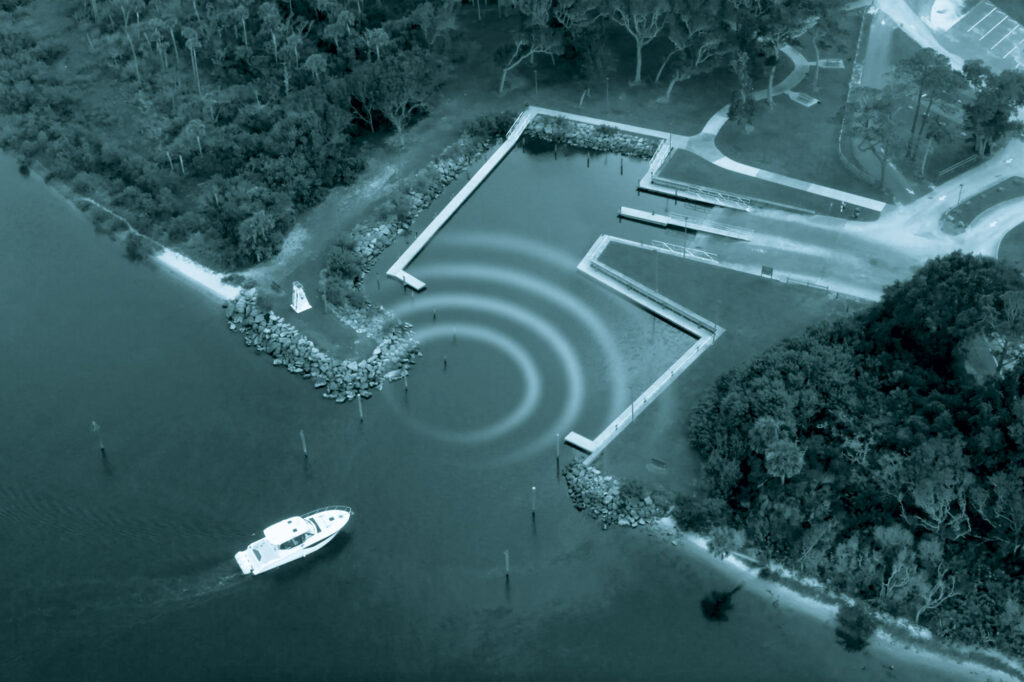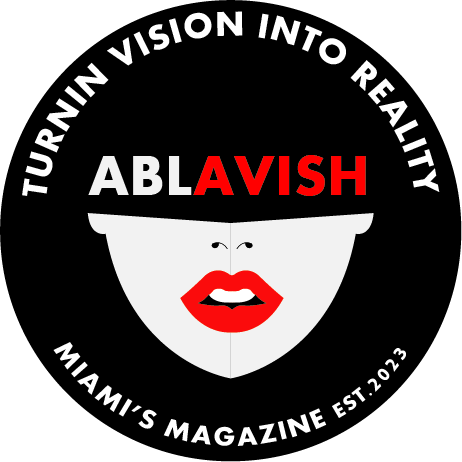
Courtesy Brunswick
After college, I scored a part-time job acquainting freshly minted boat owners with their new rides. This job entailed reviewing the basics, such as explaining the boat’s systems and working on docking. I tried to be thorough, but I often felt that these two-hour sessions gave newbie owners a feeling of confidence without real competence. Many of these owners would have benefited from additional hand-holding.
Now, decades later, Brunswick Corporation is advancing its Autonomous, Connected, Electrified, Shared strategy with a Boating Intelligence initiative that uses AI to make boating a better experience.
Boating Intelligence won’t autonomously pilot a Brunswick-built vessel—at least not yet. But it encompasses the myriad ways the company plans to use AI to make boating a more inclusive and user-friendly activity. The important pillars include creating interaction between the vessel and its captain, providing key data at strategic times, and helping to raise users’ levels of proficiency.
If this sounds like an advanced version of Amazon’s Alexa or Apple’s Siri, you’re on the right track; however, you can also expect Brunswick’s Boating Intelligence Design Lab to create user-centered solutions to boating’s pain points.
Brunswick’s ACES strategy dates back to 2019, when the company created a unified framework for the use of new technologies across its brands. In mid-2024, Brunswick furthered ACES by announcing Boating Intelligence and rebooting the supporting Design Lab (originally called the I-Jet Lab).
“Think of BI as our next step in ACES and its own entity,” says Jeff Reifsnyder, Brunswick’s director of advanced technologies and head of the Boating Intelligence Design Lab. “AI plays a big part in this. We wouldn’t call it Boating Intelligence if AI wasn’t involved.”
For years, the connected-boat model (with cloud computers monitoring, tracking and controlling onboard systems) has attracted interest and robust sales. Reifsnyder says Boating Intelligence will further this model with onboard AI tools such as computer vision, machine learning, large language models and virtual assistants.
For example, he says, whereas connected boats might report the number of hours a bilge pump runs each day, Boating Intelligence might parse the data to identify abnormal activity and use virtual assistants to offer the owner DIY solutions or information on the nearest service center.
More important, Reifsnyder says, is that Boating Intelligence is Brunswick’s way of identifying boating’s sticky wickets and using modern computing tools to ease the user experience. Brunswick’s key objectives involve turning boats into interactive partners, delivering just-in-time information, and providing guided mastery of the boating experience.
“Part of turning the boat into a supportive partner involves delivering the right information at the right place at the right time,” he says, noting that boaters shouldn’t be restricted to their helms for this interface. Reifsnyder likens the job of Boating Intelligence to that of an executive officer aboard a military vessel, linking the crew and the vessel to accomplish the captain’s orders.
One example in the future could be Boating Intelligence helping owners interpret sonar or radar returns, and thus better understand how these instruments work and how to master the technologies.
The Boating Intelligence Design Lab is located at the University of Illinois Research Park. “It’s where advanced technology can be explored without the pressure of a production environment,” Reifsnyder says. But instead of creating technologies and then seeking ways to apply them, the Boating Intelligence Design Lab will consider boaters’ real-world problems before determining—or inventing—the best tools and technologies to help them.
One example of this is autonomous operations. At the 2024 Consumer Electronics Show, Brunswick showcased a self-docking Boston Whaler 405 Conquest with automotive-style parking assistance and the ability to navigate to user-designated locations.
“Autonomous operations require myriad advanced technologies,” Reifsnyder says. These include virtual path planners, which determine where the vessel will go, and computer vision, which lets the boat’s computer “see” the outside world using cameras and sensors. “Brunswick has a portfolio of autonomy and advanced driver-assistance systems that will be developed in the coming years, including object detection and avoidance while cruising.”
The Society of Automotive Engineers describes six levels of autonomy for cars, and a similar model has been adopted in the marine space. Here, Level 0 refers to manual operations; Level 1 involves driver-assistance technology; Level 2 means partial automation; Level 3 refers to conditional automation; Level 4 delivers high levels of automation; and Level 5 refers to autonomous vehicles.
“We’re chasing Level 3 autonomy,” Reifsnyder says. “A lot of what we’re doing is software-related, but not all of it, and we’re not excluding hardware or product development.”
While these are early days for Boating Intelligence and its Design Lab, Reifsnyder says the products and tool sets will initially focus on beginner and intermediate boaters. “That’s where a lot of the pain points are,” he says. “But in the future, I see us providing tools for boaters of every level.
“Some people want full autonomy,” he adds, but “a lot of experienced boaters aren’t interested in intelligent systems that take away the work or the experience.”
Provided that Brunswick hits the correct balance, Boating Intelligence tools could help flatten learning curves, add safety margins, and encourage beginner- and intermediate-level boaters, all while broadening the boating market. The risks include ostracizing seasoned boaters, and adding costs and complexity.
That said, there’s little question that Boating Intelligence would have been useful when I was acquainting novice boat owners with their new whips. Given the embarrassment of slamming shiny fiberglass into docks, I imagine that plenty of those owners would have preferred auto-docking and an onboard virtual assistant to yours truly.
Smarter Interfaces
The gains from Brunswick’s Boating Intelligence will likely be under-the-hood advancements. One exception, however, will be the user experience. Here, boaters can expect to interact with advancements via a Simrad multifunction display or the Simrad app on a wireless device.
The post Brunswick’s Boating Intelligence Meets AI appeared first on Yachting.

Latest News
For Sale! 2016 Sea Ray 350 Sundancer – $180,000
Reel Deal Yacht is pleased to feature a meticulously maintained 2016 Sea...
Exploring PS’s Exclusive Private Terminals at Miami and Dallas Airports
The Rise of PS: A New Era in Pre-Flight Luxury In the...
Top 20 Most Affordable and 20 Most Expensive Cars to Own
The Cost of Driving: A Comprehensive Look at the Cheapest and Most...
New Mixed-Use Development Set to Launch in Miami Design District
Tower 91: A New Era for Miami’s Design District On May 16,...
Custom Line Unveils Four Bespoke Superyachts in Just Two Months
© Copyright – autocontently.com














